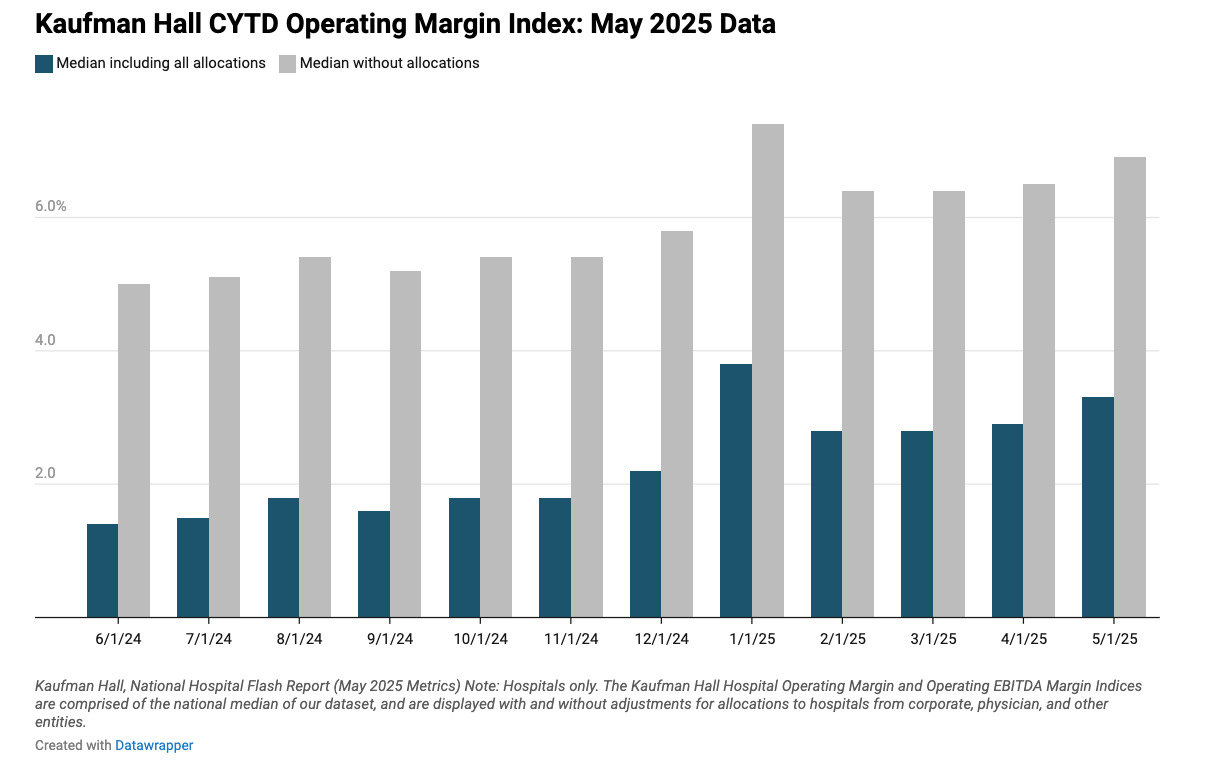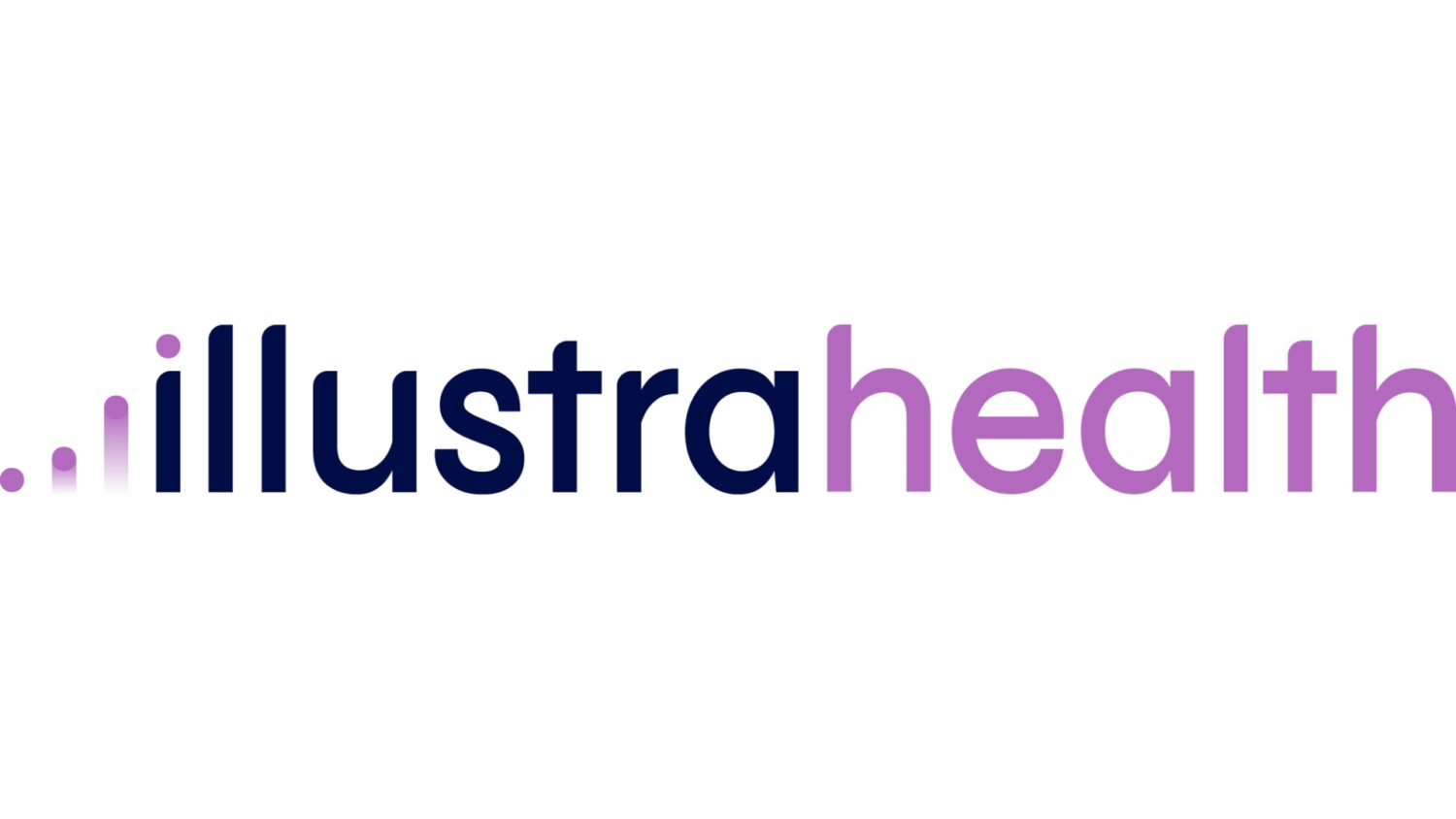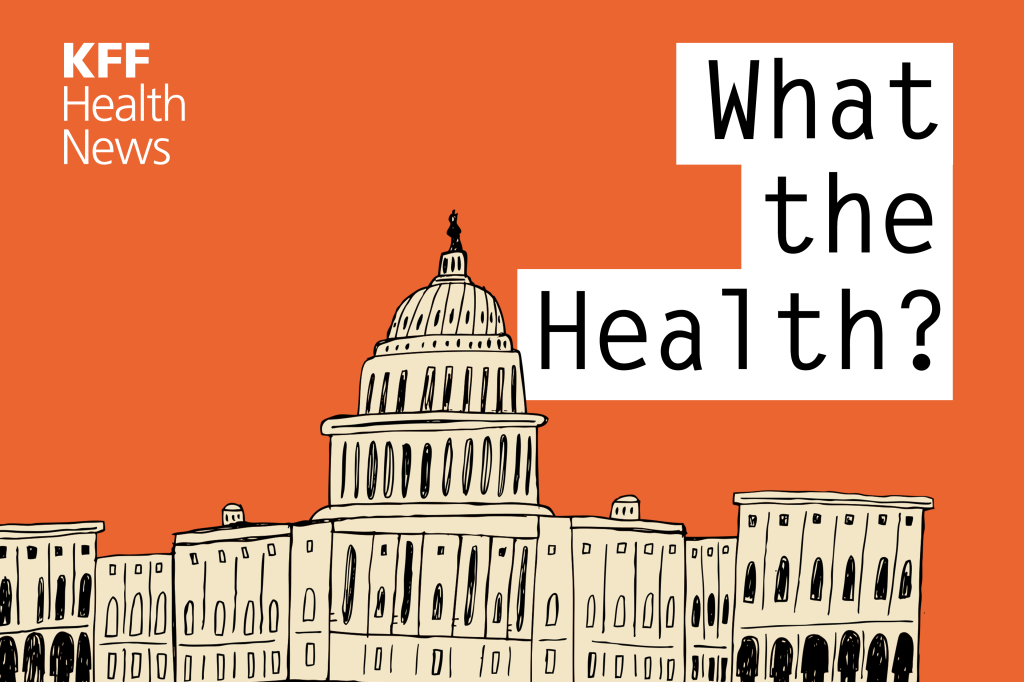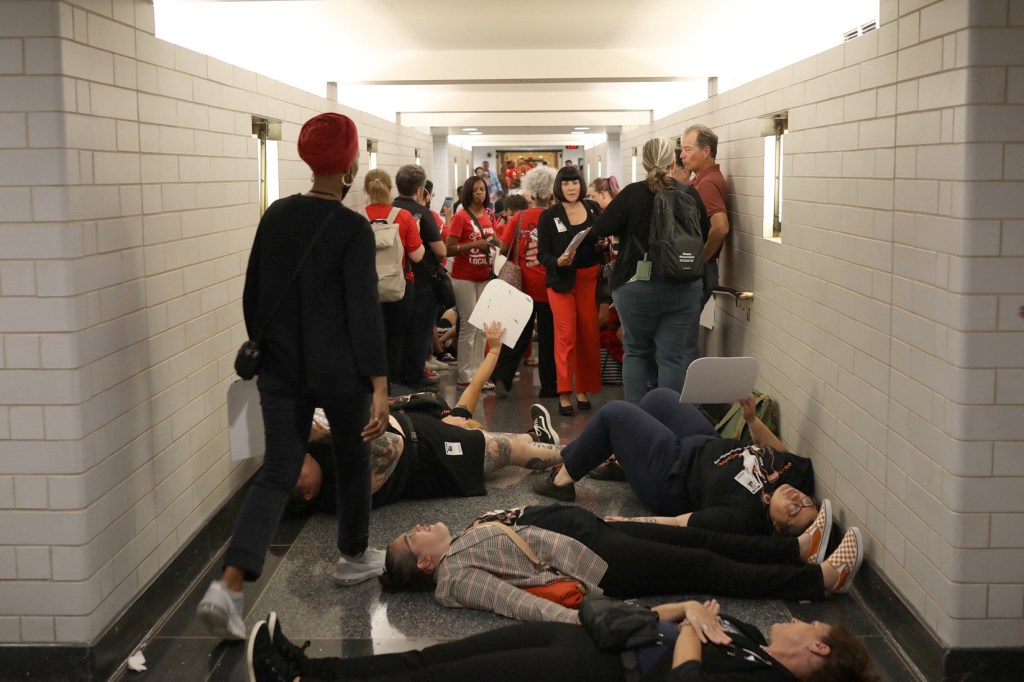HIT Consultant – Read More

What You Should Know:
– Mergers and acquisitions (M&A) for hospitals and health systems saw an uptick in the second quarter of 2025, rising to eight transactions from the previous quarter’s five, according to Kaufman Hall’s latest analysis. Simultaneously, new data from Kaufman Hall’s May 2025 National Hospital Flash Report reveals that hospitals’ financial and operational performance, while slightly less robust than in prior months, remained stable overall.
– These trends unfold against a backdrop of significant challenges facing hospitals, including the rural healthcare crisis, an ongoing shift from inpatient to outpatient care, and recently enacted changes to Medicaid. Approximately half of the second quarter’s M&A transactions were divestitures, indicating a market realignment among large regional and national health systems.
Hospital Financial Performance: Stable But Watchful Eye on Drug Costs
The National Hospital Flash Report, which draws on data from more than 1,300 hospitals from Strata Decision Technology, LLC, provides a real-time snapshot of hospital financial health. While May 2025 showed marginally less robust financial indicators than the previous month, overall performance remained stable.
Key observations from the report include:
- Operating Margins: Median operating margins faced persistent pressure. The median operating margin for hospitals in May 2025 was 3.3% including all allocations and 6.9% without allocations. The monthly operating margin was 2.2% including allocations and 5.8% without allocations.
- Revenue and Expenses: On a volume-adjusted basis, both revenues and expenses were down, mirroring a decline in inpatient and outpatient volumes.
- Outpatient Revenue: A greater decline in month-over-month outpatient revenue was recorded recently.
- Drug Expenses: A notable increase in drug expenses was observed compared to both the previous month and the previous year. An aging population and increased utilization of specialty pharmaceuticals are contributing factors to this trend.
Economic Backdrop: Easing Trade Tensions and Stable Rates
The report also provides insights into the broader economic environment impacting hospitals’ non-operating results:
- U.S.-China Trade: Trade tensions between the United States and China eased in mid-May with a temporary agreement to eliminate most tariffs, initiating a 90-day truce. Financial markets responded positively, with the S&P 500 rallying over 3% immediately and ending the month up by 6.2%.
- European Trade: President Trump’s threat of a 50% tariff on EU imports in late May was retracted within two days, alleviating immediate concerns.
- Tariffs & Legal Review: A federal court temporarily blocked some large-scale tariffs in late May (10% universal tariff excluding China, Canada, Mexico), but this decision was appealed, keeping tariffs pending further legal review.
- Renewed Tensions in June: Early June saw renewed trade tensions with the U.S. increasing tariffs on Chinese goods to 55%, though China committed to resuming rare-earth mineral exports, and the U.S. agreed to ease some restrictions.
- Federal Reserve Policy: The Federal Reserve Board held the federal funds rate steady at 4.25% to 4.50% at its June meeting, maintaining a “wait-and-see” approach on economic policies.
- Inflation & Employment: May’s Producer Price Index (PPI) increased 0.1% month-over-month, ending a two-month decline, while the Consumer Price Index (CPI) rose 0.1% in May, reaching 2.4% annually, diverging from the Fed’s 2.0% target. The U.S. economy added 139,000 jobs in May, with healthcare contributing 62,000 jobs (hospitals +30,000, ambulatory services +29,000, skilled nursing +6,000). The unemployment rate remained steady at 4.2%.
- GDP Contraction: The U.S. economy contracted by 0.2% in Q1 2025, after expanding at a 2.4% annualized rate in Q4 2024.
- Municipal Bond Market: The tax-exempt market stabilized in May, with municipal fund flows seeing inflows of approximately $4.8 billion, the largest since October 2024. Healthcare issuances, however, totaled $15.2 billion, down $0.3 billion year-over-year.





